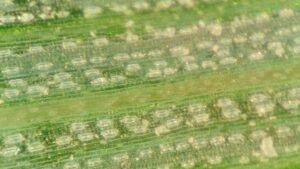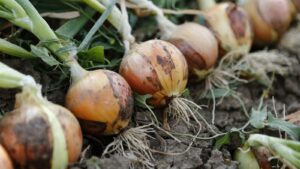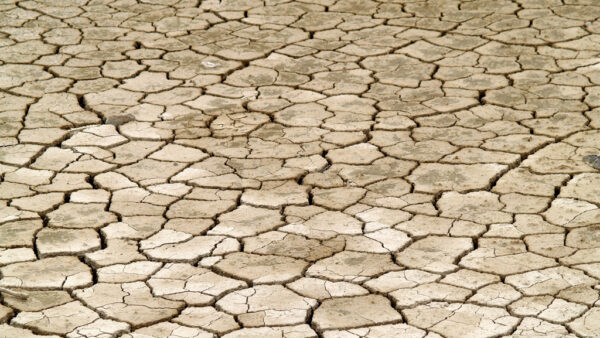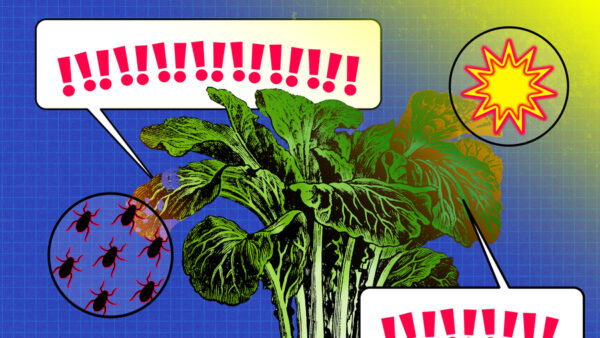Dr. Núria Sánchez-Coll, from the Centre for Research in Agricultural Genomics (CRAG), and Dr. Anna Laromaine, from the Institute of Materials Science of Barcelona (ICMAB-CSIC), have developed an effective method for plant tissue regeneration that involves the use of a bacterial cellulose-based biopolymer. It enhances the formation of new cell layers, which boosts the healing processes.

Two wounds in a leaf of Nicotiana Benthamiana. The wound on the right was treated with the bacterial cellulose based biopolymer. The pictures were taken 48 hours after.
Wounds in plants can be caused by several agents like weather events (hail, wind…), predators (herbivores, insects) or humans (pruning, grafting), among others. Regardless of their origin, wounds are a breach of the outer protective layers of a plant giving open access to many microbial pathogens that cause severe diseases.
Scientists from the Science Materials Institute of Barcelona (ICMAB-CSIC) and the Centre for Research in Agricultural Genomics (CRAG) have developed a method for accelerating the healing of these wounds, which is based on the use of a bacterial cellulose polymer.
Bacterial cellulose is a very efficient wound healing material currently being used in medicine due to its high biocompatibility. The researchers have observed a similar regenerating effect on plants according to studies carried out in different species. The application of the material on plant wounds improves the formation of new cellular layers and shortens the healing process (in 48 hours or less).
An advantage of this polymer is that its molecular structure is identical to the plant molecular structure. In addition, its chemical purity is high. Besides, anti-pathogenic nanoparticles can be added to its structure. The polymer has high porosity, high water absorption capacity and transparency in the UV-NIR.
Source: Centre for Research in Agricultural Genomics













